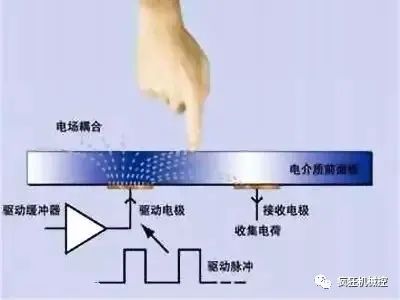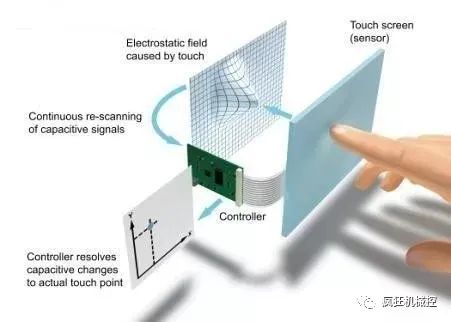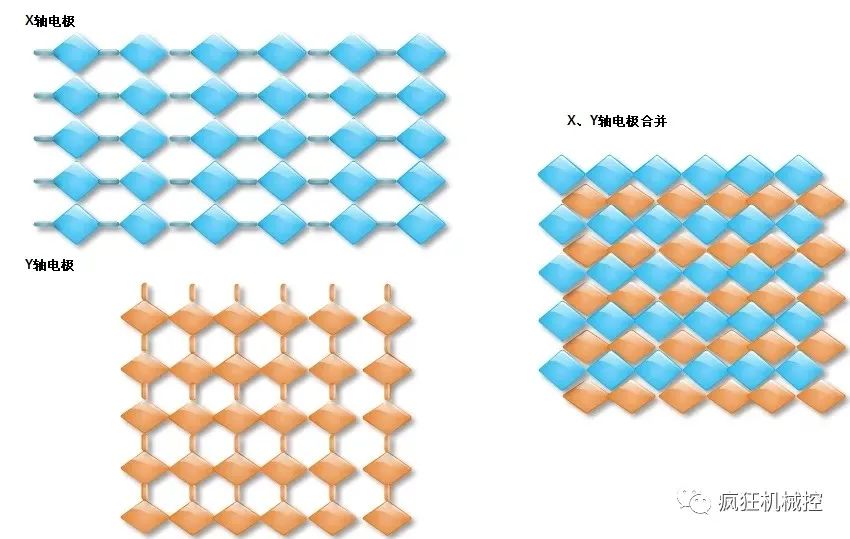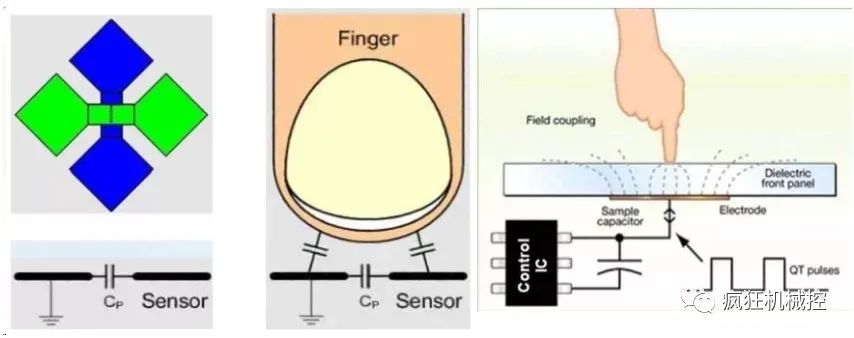Skip to content

Touch screen (touch screen) is also known as “touch control screen” or “touch control panel”. It is a type of sensing liquid crystal display device that can receive input signals such as touch. When a graphical button on the screen is touched, the tactile feedback system on the screen can drive various connected devices according to pre-programmed procedures, replacing mechanical button panels, and creating vivid audio-visual effects through the liquid crystal display.
Currently, most mobile phone touchscreens on the market are capacitive touchscreens. Let’s talk about how they work.
A simple capacitive screen consists of a four-layer composite glass panel, one of which contains ITO material. ITO (Indium Tin Oxide) is a transparent and conductive material suitable for manufacturing touch screens.
When a finger touches a specific part of the screen, it forms a coupling capacitance with the ITO material, changing the capacitance at the touch point. There are wires at the four corners of the screen; since alternating current can pass through the capacitor, the current from the four wires flows toward the touch point, and the current size is related to the distance to the touch point. The chip inside the phone can analyze the current from the four corners and calculate the position of the touch point.
A more refined capacitive screen is the projected capacitive screen. It uses an etched ITO array, where these ITO layers are formed into multiple horizontal and vertical electrodes through etching, and each ITO component has sensing capabilities.
When a finger touches a certain area, it couples with the array capacitance, changing the electric field on the screen. By analyzing the electric field and current changes through sensors and chips, the touch point can be detected. Compared to the previous four-corner current capacitive screens, this type of capacitive screen can achieve multi-touch functionality and has broader applications.
Click the video to learn more↓↓↓
Video by: Branch Education Translation by: Industrial Technology Enthusiasts Team EZ
A disadvantage of capacitive screens is drift; when the environmental temperature and humidity change, the ambient electric field changes, causing drift in the capacitive screen, resulting in inaccuracies. Another disadvantage of capacitive screens is that they do not respond when touched with gloved hands or non-conductive objects, as this adds a more insulating medium (you cannot operate the phone while wearing gloves).











